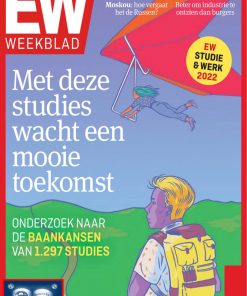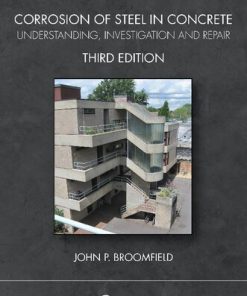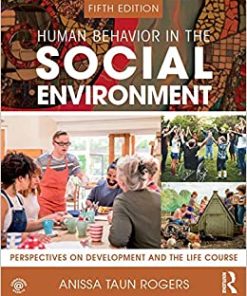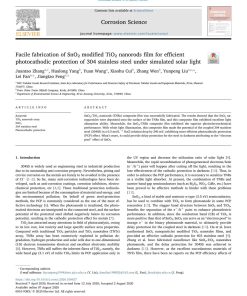Study on the correlation between passive film and AC corrosion behavior of 2507 super duplex stainless steel in simulated marine environment 1st edition by Min Zhu, Qiang Zhang, Yongfeng Yuan, Shaoyi Guo, Yizhong Huang
$50.00 Original price was: $50.00.$25.00Current price is: $25.00.
Study on the correlation between passive film and AC corrosion behavior of 2507 super duplex stainless steel in simulated marine environment 1st edition by Min Zhu, Qiang Zhang, Yongfeng Yuan, Shaoyi Guo, Yizhong Huang – Ebook PDF Instant Download/Delivery
Full download Study on the correlation between passive film and AC corrosion behavior of 2507 super duplex stainless steel in simulated marine environment 1st edition after payment.

Product details:
Author: Min Zhu, Qiang Zhang, Yongfeng Yuan, Shaoyi Guo, Yizhong Huang
The correlation between passive film and AC corrosion behavior of 2507 super duplex stainless steel (SDSS) has been investigated in NaCl solution under various AC current densities using the polarization curve, EIS test, Mott-Schottky curve and with immersion test. Additionally, the corrosion mechanism of passive film under AC interference was studied by X-ray photoelectron spectroscopy (XPS) and atomic force microscope (AFM). The test results indicate that the roughness of the passive film increases and the composition as well as electronic properties change under AC interference. Moreover, AC interference can enhance the dissolution of passive film, resulting in a non-uniform destructive effect to the film. The passivity of stainless steel degrades and pitting sensitivity increases as the increase of iAC. When iAC is less than 100A/m², the pit initiation sites mainly concentrate on the austenite phase and the boundary between ferrite and austenite phase. However, a great number of pits occur on the ferrite phase while iAC equals to 200A/m².
People also search for Study on the correlation between passive film and AC corrosion behavior of 2507 super duplex stainless steel in simulated marine environment 1st:
in one study zacks et al. (2009)
3 differences between passive and active transport
3 similarities between passive and active transport
4 differences between passive and active transport
passive transport 5-1 review
Tags: the correlation, passive film, AC corrosion behavior, simulated marine environment, Min Zhu, Qiang Zhang, Yongfeng Yuan, Shaoyi Guo, Yizhong Huang
You may also like…
Uncategorized
Engineering - Civil & Structural Engineering
Corrosion of Steel in Concrete 3rd Edition by John Broomfield 1032120983 978-1032120980
Romance - Contemporary Romance
Jock Seeks Geek: The Holidates Series Book #26 Jill Brashear
Arts - Graphic Arts
Uncategorized
Human Behavior in the Social Environment: Perspectives on Development and the Life Course












